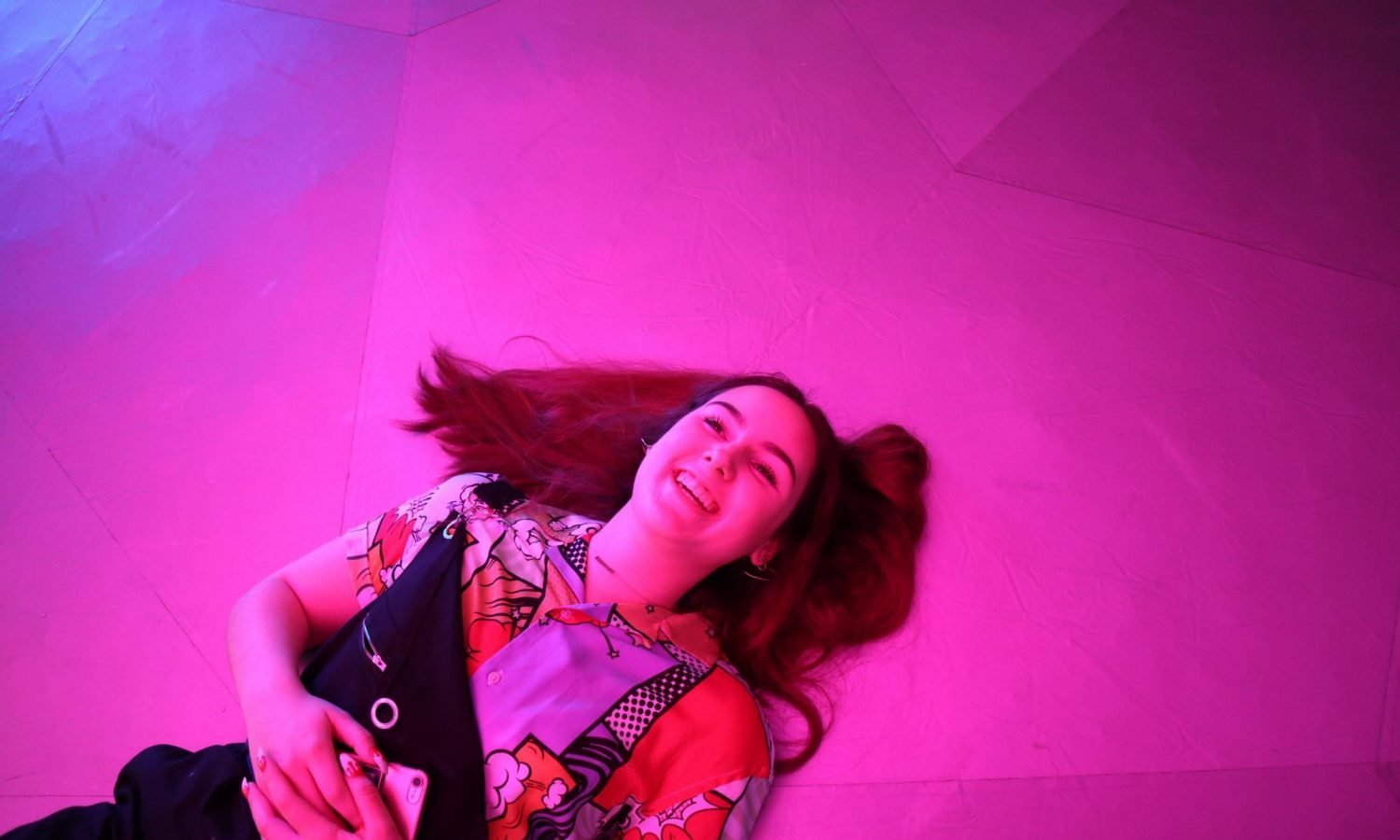Edible highs are known for their intensity and fast-acting effects. Here’s why this happens and why they hit your harder than smoked cannabis.
Cannabis edibles have a reputation. As you’ve likely heard from at least one of your friends, there are many edible horror stories, where someone overindulges and spends a full day (or night) in a psychedelic panic. But then, if you continue to surround yourself with cannabis, you start meeting people who love edibles, using them with regularity, prizing them over flower and vapes.
Edibles are powerful and useful for all kinds of people, from those who are looking for a good time to those who want the medicinal benefits without the inhalation. They’re also very malleable and work well with daytime use; when dosed correctly, people can consume edibles and spend a relaxing day indoors, going out, and even going to work. So, why do edibles produce such strong highs?

While edible highs can knock you out if you’re not careful, what helps best in understanding how your body treats eating cannabis versus smoking it. Two methods, two different highs, both with their own pros and cons.
Edibles are misunderstood, with beginners expecting a high similar to the one they’ve experienced with smoked marijuana; one that could be anxious and stressful on fair occasions, but that fades away once an hour has passed. Edible highs are different in one key way: they take a while to kick in and they take even longer to fade away. This makes the dosage key, much more important than if you were smoking your cannabis.

The effect of cannabis depends on how it’s metabolized in the body. In the case of edibles, cannabis compounds like THC, are ingested through the stomach and are then metabolized through the liver. This is a slow process, unlike smoked marijuana that’s absorbed through your bloodstream and produces effects within less than 20 minutes.
The fact that you have to wait for your stomach to break up the edible and processed by the liver delay the journey towards your bloodstream. This makes for the perfect situation where consumers eat an edible, wait an hour, and then assume the dosage is incorrect and that consuming more is the way to experience something. It’s most likely not.
RELATED: Why You Need To Be Careful Using Edibles The First Time
Once the edible is ingested, the THC is metabolized by the liver and transformed into 11-hydroxy-THC, a compound that’s four times faster in crossing the blood-brain barrier than THC.
RELATED: What To Do If Your Marijuana Edibles Aren’t Getting You High
It’s also important to account for the type of edible you’re consuming. Some edibles are absorbed faster than others; for example, hard candies and lollipops start to produce an effect once you start sucking on them, making them similar to sublinguals. Within 15 to 30 minutes you’ll likely experience something. Your high will also be personalized, affected by the edible itself, your metabolism, experience with cannabis, and, most importantly, dosage.
While many questions remain about cannabis compounds and the ways they interact with our endocannabinoid system, this process might shed a light on why edible highs are so much more vivid and surreal than flower highs.


